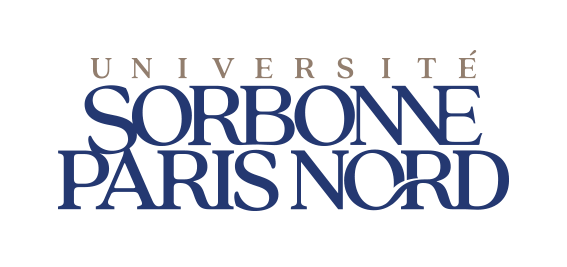Ambient temperature affects postnatal litter size reduction in golden hamsters
Résumé
Background: To better understand how different ambient temperatures during lactation affect survival of young, we studied patterns of losses of pups in golden hamsters (Mesocricetus auratus) at different ambient temperatures in the laboratory, mimicking temperature conditions in natural habitats. Golden hamsters produce large litters of more than 10 young but are also known to wean fewer pups at the end of lactation than they give birth to. We wanted to know whether temperature affects litter size reductions and whether the underlying causes of pup loss were related to maternal food (gross energy) intake and reproductive performance, such as litter growth. For that, we exposed lactating females to three different ambient temperatures and investigated associations with losses of offspring between birth and weaning. Results: Overall, around one third of pups per litter disappeared, obviously consumed by the mother. Such litter size reductions were greatest at 30°C, in particular during the intermediate postnatal period around peak lactation. Furthermore, litter size reductions were generally higher in larger litters. Maternal gross energy intake was highest at 5°C suggesting that mothers were not limited by milk production and might have been able to raise a higher number of pups until weaning. This was further supported by the fact that the daily increases in litter mass as well as in the individual pup body masses, a proxy of mother's lactational performance, were lower at higher ambient temperatures. Conclusions: We suggest that ambient temperatures around the thermoneutral zone and beyond are preventing golden hamster females from producing milk at sufficient rates. Around two thirds of the pups per litter disappeared at high temperature conditions, and their early growth rates were significantly lower than at lower ambient temperatures. It is possible that these losses are due to an intrinsic physiological limitation (imposed by heat dissipation) compromising maternal energy intake and milk production.
Origine : Fichiers produits par l'(les) auteur(s)
Loading...
